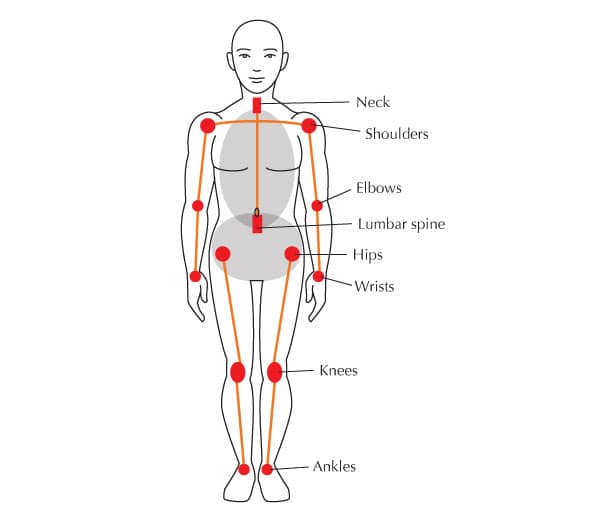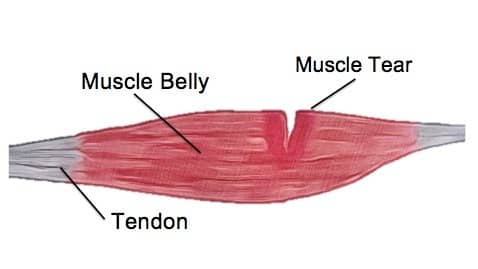
Why joint care in yoga is very important
Why joint care in yoga is very important
Yoga is a wonderful hobby that you can use to attain inner peace. What many people fail to comprehend is that it is crucial to practice it systematically. By that, we mean that it is mandatory to go through the routine while giving due care to the body. In this blog, we shall take a look into joint care in yoga and all precaution need to do in yoga asana.
A joint is an area where two bones are linked to allow body parts to move freely. A joint is normally composed of fibrous connective tissue and cartilage. A joint aid the respective body part to perform movements like swinging, gliding, rolling, and spinning. The human body has three major types of joints which are:
Synarthroses (immovable)
These joints are fixed and in it, the bones are fused and prohibit movement. For example, the bones of the human skull.
Amphiarthroses (slightly movable)
These joints are often called cartilaginous joints and these joints are held tightly too but promote limited movement. The vertebrate of the human spine is a great example.
Diarthroses (freely movable)
Contrary to the other joints, the freely movable joints (synovial joints) allow the joint parts to move smoothly. These are the most ubiquitous joints in the human body.
Now that we have understood the different types of joints in the human body, let’s link it with yoga. In yoga, we mostly deal with the freely movable joints, and on some occasions, the slightly movable joints too. You must maintain joint care in yoga as it will make the yoga process easier and promote joint safety.
1. Hip joint care in yoga
The hip joint is prone to immense wear and tear normally on the cartilaginous parts. While practicing yoga, we tend to place our hips under stress and likewise, we don’t give it time to recover too. The poses like deep lunges, standing forward folds, tend to put unwanted pressure on the joints. It may feel good now but can later transform into chronic pain. When we go deep into the poses, our body may not have the mobility to deal with it.
So, to promote joint care in yoga and any hip joint-related problems, you can practice mobility. Once you achieve a certain degree of mobility, then you can go into deeper poses. It will keep you resilient and maintain the longevity of your joints.
2. Knee joint care in yoga
The knee joint comprises of bones, ligaments, and cartilages. Despite its grand design, it is subject to numerous wear and tear. When you practice yoga without following the necessary protocol, then this problem tends to multiply. Numerous yoga poses like cat-cow pose, backstretch pose, uses the knee as the foundation. The base must be strong for the yoga pose to be effective.
You can protect your knee in yoga by using cushions or a softer surface while doing such poses. Maintain equilibrium while performing poses where the use of knee is compulsory. Do not overexert yourself and do choose the program that best caters to your need. If you follow these steps, then you’ll have mastered the steps of joint care in yoga.
3. Shoulder joints
The shoulder joints are the most mobile joints in the human body. They enable us to perform daily activities and perform yoga smoothly and efficiently. There are numerous poses in yoga that demand the proper alignment of shoulders and legs. Some of these poses are the building blocks of yoga. So, yeah, shoulders are pretty important.
The shoulder joints tend to tire out quickly and if it does not get the required rest, then it causes problems. While practicing poses like a downward-facing dog and upward facing dog, you need to carefully align the shoulders. The shoulder joint care in yoga is relatively simple. You just have to warm up the shoulders before exercise and simultaneously learn to maintain equilibrium in poses.
4. Wrist joints
The wrist joints form an integral aspect of yoga and daily life. In poses like plank, we place huge stress on the wrist. If the wrist does not get the necessary support and care, then it might lead to fatal injuries. To prevent that from happening, you can practice drills that increase wrist mobility. Furthermore, you can do forearm exercises too. When you do these steps, then you can make your wrists bulletproof.
5. Ankle joints
The ankle joint enables you to walk on the ground. The ankle consists of more than two dozen bones and they help to navigate on the terrain. The ankle joint observes the pressure that hits your feet while walking on the ground. Thus, it is important to maintain ankle joint care in yoga. You can do so by doing warmup exercises before practicing yoga and following the guidance of your teacher.
6. Neck joints
Neck joints are crucial not only in yoga but in your daily life too. When you progress to complex moves, neck joints can be prone to damage. Here are some guidelines that you can use to promote joint care. Maintain proper alignment during asanas and make sure that you avoid extreme movements. While doing handstands, avoid putting pressure on your neck. While doing it, keep a soft cushion under the neck.
We hope that after reading this blog, you will emphasize joint protection in your yoga journey.

